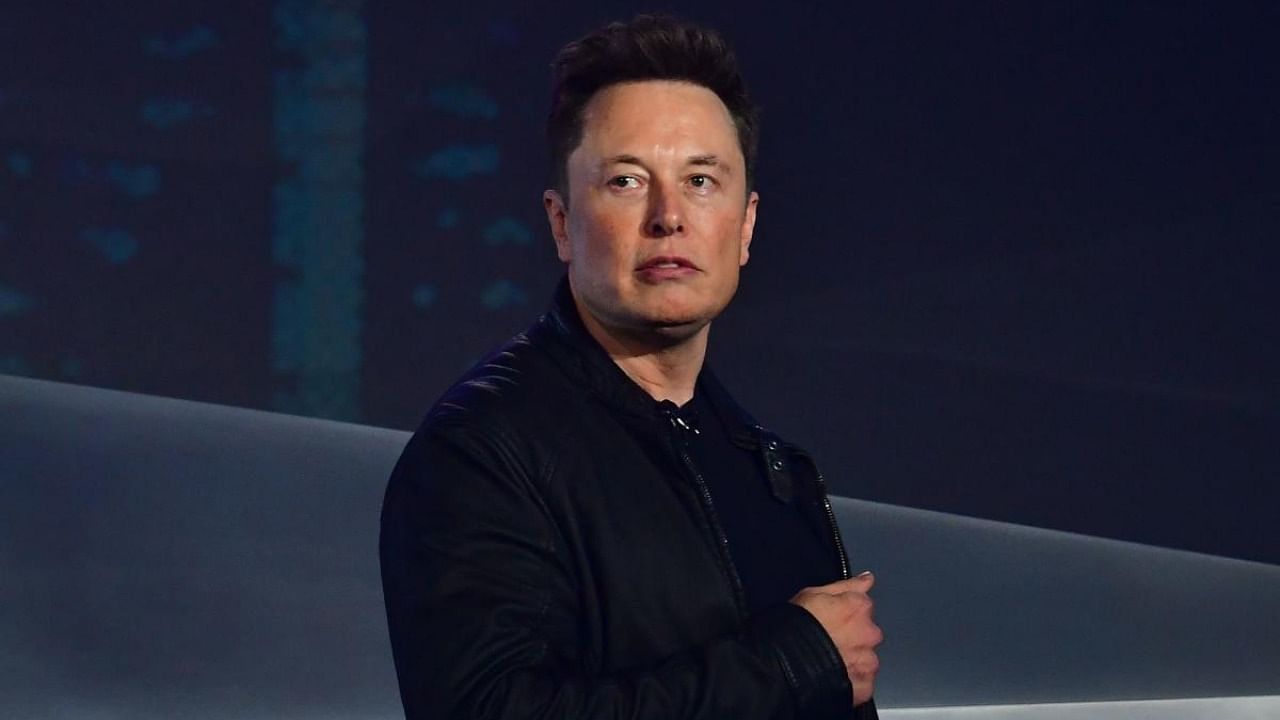
Time magazine made Tesla billionaire Elon Musk its person of the year for 2021, a decision widely criticised by several critics. There’s no denying that Musk has had a profound influence on the events of the year. He could make the cryptocurrencies dance to his tune, his SpaceX wants to land humans on Mars by 2026.
And Neuralink, cofounded by Musk in 2016, is developing a chip that would be implanted in people’s to simultaneously record and stimulate brain activity. It is intended to restore full-body functionality to persons having serious spinal cord injuries and neurological disorders. “As users think about moving their arms or hands, we would decode those intentions, which would be sent over Bluetooth to the user’s computer,” Neuralink’s webpage says.
In its first demonstration in August 2020 on a pig named Gertrude, Neuralink showcased a preliminary coin-sized device: “It’s like a Fitbit in your skull with tiny wires,” Musk said. In fact, Musk hyped up by saying Neuralink will “show neurons firing in real-time.”
Then, in April 2021, Neuralink demonstrated a macaque monkey having two brain chips implanted in the motor cortex, to coordinate hand and arm movement. Eventually, the monkey was able to play a video game (move a cursor to where he wanted) solely with his mind – without touching the joystick!
During a recent live-streamed interview at The Wall Street Journal CEO Council Summit, Musk said that Neuralink aims to begin testing brain chips in humans in 2022. It would involve “bridging signals between existing neurons,” Musk tweeted. Of course, the first challenge is to get the United States FDA’s (Food and Drug Administration) regulatory approval for conducting such a human trial.
Neuralink’s ultimate goal is to create a brain-machine interface where human consciousness and machine intelligence converge into one. Musk thinks that the technology could develop into a full brain interface in just 25 years, which would enable ‘symbiosis’ between humans and artificial intelligence – one wouldn’t need to talk to command.
Brain-chip-interfaces are hybrid entities where chips and nerve cells establish a close physical interaction allowing the transfer of information in one or both directions. While Elon Musk’s Neuralink got tremendous publicity in the media, interestingly enough, a 20-person biotech firm called Synchron has already obtained FDA approval in July to begin a human trial of its brain chips!
Well, what’s the future of human beings? In the American science fiction TV series of the 1970s ‘The Six Million Dollar Man’, based on Martin Caidin’s 1972 novel ‘Cyborg’, the opening phrase by Oscar Goldman was: “Gentlemen, we can rebuild him. We have the technology. We have the capability to make the world’s first bionic man... Better than he was before. Better – stronger – faster.”
Incidentally, ‘cyborg’ is a portmanteau of ‘cybernetic’ and ‘organism’ – in science fiction, it’s a being that is part human and part machine, or a machine that looks like a human being. And DS Halacy’s 1965 book ‘Cyborg: Evolution of the Superman’ spoke of a bridge... between mind and matter.
Well, as one might anticipate, chip implants have already triggered big debates on privacy, legal, technical, professional, medical, security, political, and religious issues in different corners of the world. The title of a USA Today article in August 2017 was: “You will get chipped – eventually”.
And it’s not only brain chips. A September 2018 article in The Atlantic focused on how microchip implants are going from tech-geek novelty to genuine health tool, and one might be running out of good reasons to say ‘no’. Its uses are likely to be expanded from storing medical information to families tracking relatives suffering from severe dementia. A lot of issues regarding cybersecurity and privacy would certainly keep us haunted. Still, “we are already a cyborg to some degree,” Elon Musk believes. And that may not be completely baseless!
Whenever I think about chip implantation in the brain, ‘Data’, the anatomically fully functional android of Star Trek, set in the 24th century, peeps into my imagination. An emotion chip created for Data was mistakenly implanted in Lore – Data’s brother, instead.
Data’s desire to achieve humanity, however, continues. After acquiring it from Lore, Data began using the emotion chip a few years later. And he would experience fear for the first time. Later Data even removed the chip completely in situations where emotions would be a hindrance. So, the possibilities are limitless!
And new real-life sci-fi would keep on unfolding and mutating to create cyborgs of the day after tomorrow!
(The writer is a professor at Indian Statistical Institute, Kolkata)